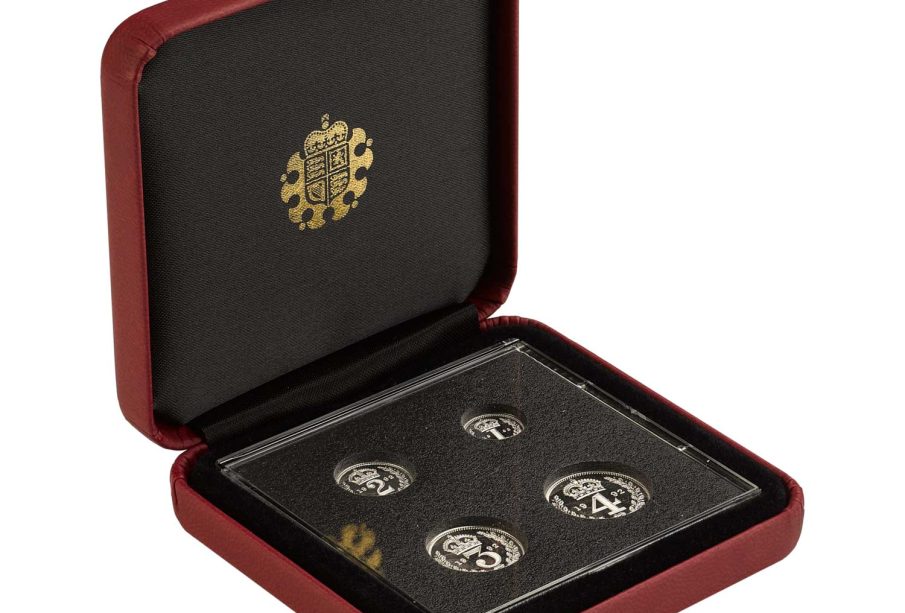The Royal Mint: A Treasure Trove of British History and Innovation

Introduction
The Royal Mint, the official mint of the United Kingdom, holds a significance that extends far beyond merely producing coins. Established over 1,000 years ago, it serves as a crucial institution not only for circulating currency but also for commemorating historical events and figures. With its deep connections to British history, the Royal Mint remains relevant today, amidst discussions about currency evolution, digital payments, and cultural significance.
History and Significance
The Royal Mint’s history dates back to the 9th century when coins were first minted in London. It moved to its current location in Llantrisant, Wales, in 1968, and has since become the cornerstone for British coin production. Not only does it produce coins for the UK, but it also mints currency for over 60 countries worldwide. The facility evidences both architectural heritage and technical innovation, transitioning from hand-minted coins to advanced machinery capable of producing millions of coins annually.
Recent Developments
Recently, the Royal Mint has been embracing technology and sustainability. In 2023, it introduced a line of coins made from recycled metal, part of a broader initiative to reduce its environmental impact. Additionally, the Royal Mint has launched a series of commemorative coins celebrating significant anniversaries and figures in British history, such as the 70th anniversary of Queen Elizabeth II’s accession to the throne, which further connects the public with their heritage.
Public Engagement and Education
The Royal Mint also places emphasis on education and public engagement. Its visitor centre invites the public to learn about the history of coins, see the minting process in action, and even strike their own coins. This connection fosters a greater appreciation of the Mint’s role in British history and currency. The Royal Mint has made strides in creating educational resources, offering virtual tours and classes to schools and institutions.
Conclusion
The Royal Mint stands as a symbol of British history and innovation, merging traditional methods with modern technology. As digital currencies gain traction, the Mint’s focus on sustainability and public education positions it well for the future. Its efforts to embrace change while honouring its rich history ensure that the Royal Mint remains a vital institution, not only in the realm of currency production but also as a custodian of Britain’s cultural heritage. As further developments unfold, the Royal Mint will undoubtedly continue to captivate the interest of both collectors and the general public alike.


